Photographs: Danish Siddiqui/Reuters Surabhi Agarwal
By June 2014, India’s Internet user numbers will be staggering - ahead of the US and only a little behind China - but there are gaping holes in this growth story.
“Internet is now clearly mainstream in India,” Rajan Anandan made this rousing declaration last month as he unveiled a report of the Internet and Mobile Association of India (IAMAI) that said that number of Internet users in India crossed the 200-million mark in October.
It took a decade for the country to go from 10 million to 100 million and only three years to double the number to 200 million, said Anandan, managing director of Google India, who is also chairman of IAMAI.
The report’s headline grabber was that by June 2014, India would have 243 million Internet users, behind China (it has 300 million) but ahead of the United States (207 million). Euphoria followed.
However, experts argue that the comparison with the US and China is premature, given that India’s Internet density (17 per cent) is way below the US (81 per cent), China (42.3 per cent) and even the average for developing countries (24 per cent).
...
The gaping holes in India's Internet growth story
Photographs: Reuters
As it happens, Anandan’s boss, Eric Schmidt, executive chairman of Google Inc., goes so far as to call India an “Internet laggard” in the recent book, Reimagining India. “To me, Internet in
India today feels a little like where it was in America in about 1994 - four years before Google was even born.”
India may have clocked big numbers due to its large population and recent spread of Internet-enabled smartphones, but the country’s web ecosystem is far from mature. Despite the huge mass of so-called netizens, India’s Internet consumption is nowhere near developed countries.
And the fact that almost every new user is coming through the mobile phone adds to the woes as it limits consumption as well as monetisation options. Moreover, connectivity challenges - broadband and wireless - make the idea of a billion people logging on to the Internet a distant dream.
...
The gaping holes in India's Internet growth story
Photographs: Reuters
Reality check
“The figure of 205 million Internet users in October looks very aggressive,” says Osama Manzar, founder-director of Digital Empowerment Foundation.
If you step into the interiors of the country, nobody seems to be using the Internet, whereas in urban areas one person is online through four or five devices, he adds.
Manzar may well have a point as IAMAI’s 205 million figure is that of people who claim to be accessing it; out of this, around 80 per cent, or 164 million, are active users. IAMAI defines an active user as one who accesses the Internet at least once a month — a further statement on the relative infrequency of the usage in India. Only 55 per cent access it once a day.
When it comes to Internet based transactions, India is further behind. Only 10 per cent of India’s Internet population is buying online. While online sales stood at $226 billion in the US and $210 billion in China in 2012, Indian e-commerce clocked just $9.5 billion, of which over three-fourths came from online travel bookings.
The current quality of Internet usage is very poor in the country, points out Manzar. People may be using it to get, “a taste of the Internet” but few are accessing it for “sustained decision making” right now, he says. “One has to be careful while investing in Internet-related businesses as it has to be purpose-oriented and can't be just eyeball-oriented.”
...
The gaping holes in India's Internet growth story
Photographs: Reuters
Mobile rules
“India will be a mobile-first country,” is a phrase that was invented by Anandan and has slowly caught on with the country’s Internet community.
And his prediction has proved right for every new Internet user is coming through the mobile phone.
In fact, mobile Internet users at 86 million are neck and neck with the 90 million personal-computer Internet users, a September report by Avendus Capital estimates.
The balance could tilt in favour of the mobile phone in the days to come. IDC projects 155.6 million smartphones will be shipped to India in 2016.
...
The gaping holes in India's Internet growth story
Photographs: Reuters
Experts argue that consumption on the mobile phone is very different from the PC, which makes it difficult for content providers, app developers and advertisers to devise a profitable business model.
The Avendus report points out that while e-commerce and digital advertising have attained a critical mass in India, mobile Internet is yet to break into public consciousness. “Mobile-
Internet-based businesses have not scaled to levels where belief in the ability to monetise through the channel is established.”
The authors are, however, optimistic about the potential and say that several models are in the trial stage. The report adds that while content exists and is improving, questions about ‘the killer use case’ that will get users onboard mobile Internet in droves still remains.
...
The gaping holes in India's Internet growth story
Photographs: Reuters
Still loading
Since a majority of Indians will first experience the Internet through their phones, the infrastructure has to support the increasing interest. Manzar points out that the first point of interaction, especially among the youth, is videos. However, lack of high-speed Internet hampers the first experience.
Anandan, who is otherwise very optimistic about the potential of Internet in India and says that most Internet companies, be it travel or search or e-commerce, are seeing a large amount of traffic coming to their portals through the mobile phones, believes if India had better broadband access, the online video market would be 200 million; YouTube only has some 55 million people using it right now.
“Everyone wants to watch online video but they can’t because they are worried about the costs and it takes too much time.”
...
The gaping holes in India's Internet growth story
Private players are at their innovative best as they entice a larger number of Indians to explore the Worldwide Web with initiatives such as Rs 1 video, launched recently by telecom leader Airtel.
Most of the e-commerce companies offer services such as cash-on-delivery to initiate people into the world of online shopping as the country’s digital payment infrastructure has gaping holes currently.
The availability of affordable smartphones or smart-feature phones is also playing a catalyst. However, connectivity seems to be the largest missing piece from the country’s Internet story.
While the government’s plan to connect 250,000 panchayats through fibre optic cable is delayed by almost four years, 3G services are restricted to around 3 per cent of the country’s mobile subscribers.
Schmidt argues that the country has a chance to leapfrog its current connectivity challenges and even raise its penetration ratio to 60 or 70 per cent within the next five to ten years if it fixes its infrastructure challenges.
...
The gaping holes in India's Internet growth story
Photographs: Courtesy, Sony
Connecting every nook and cranny of the country with fibre optic cable and transitioning from 2G and 3G to 4G technology as quickly as possible are some of the measures that Schmidt recommends.
“In ten years, I predict it will be almost impossible for any child in India to imagine what life was like before the Internet. But to realise that promise, India must make the right technology choices.”
Making the Internet ...
The gaping holes in India's Internet growth story
Photographs: Reuters
Even though the commercial has been commissioned by Google, which is just one of the stakeholders in the country’s Internet ecosystem, the film hits the bull’s eye of the industry’s biggest concern - the usability of the Internet.
The commercial tells the story of two friends separated by Partition and how their grandchildren successfully unite them, all by using Google in various ways.
During the almost-3.5-minute-long film, applications such as searches for weather, flight schedule, directions et cetera have been thrown in for good measure.
The four shorter films, which follow the theme commercial, focus on individual applications such as translation services, online shopping, cooking recipes and cricket information.
The technology giant has launched a slew of initiatives in the last couple of years aimed at expanding the overall market. Its latest initiative is aimed at bringing 50 million women online in the country in which chipmaker Intel is also a partner.
Google has also aligned with Nasscom to support 10,000 start-ups in the country along with companies such as Microsoft.
Creating a new ecosystem
* India had 205 million Internet users as of October 2013
* By June 2014, India is expected to have the second largest Internet population after China and ahead of the US
* India's Internet penetration is only 17 per cent compared to 81 per cent in the US and 42.3 per cent in China
* Out of the 205 million Internet users, only 164 million use it at least once a month
* Only 55 per cent of the Indian Internet users access it once a day
* While Indian e-commerce clocked $9.5 billion last year, only 10 per cent of India’s Internet population is buying online.

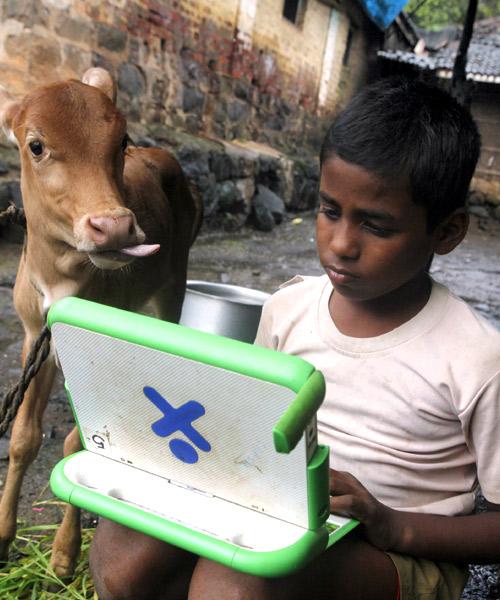
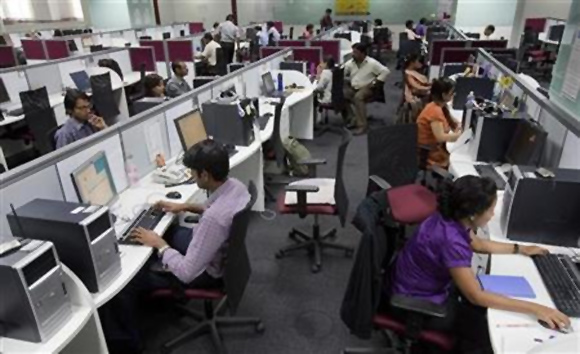
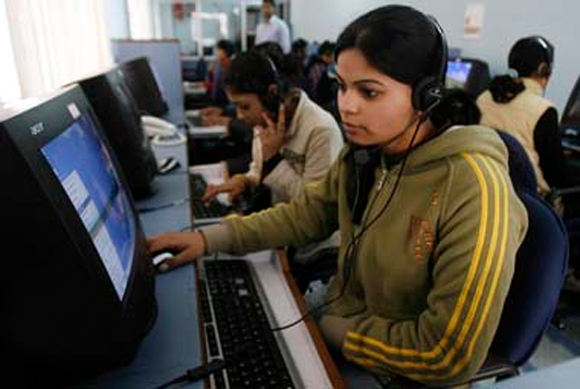

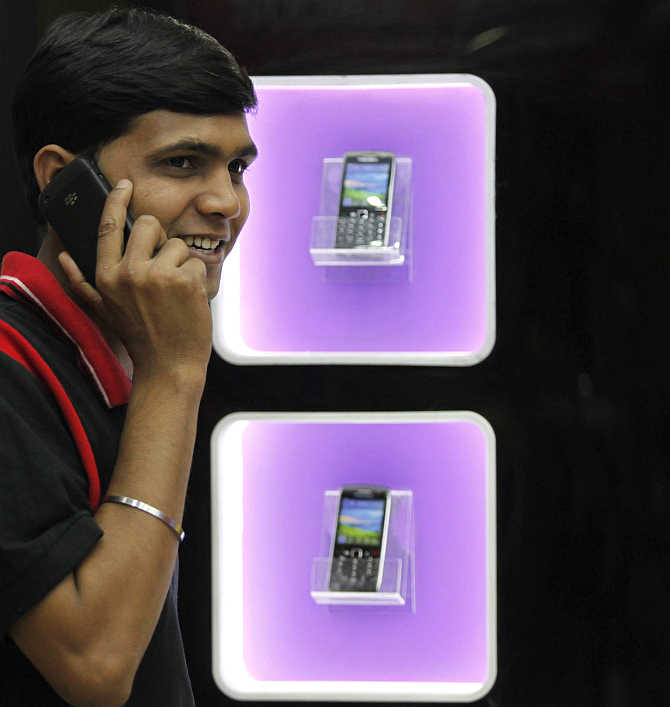

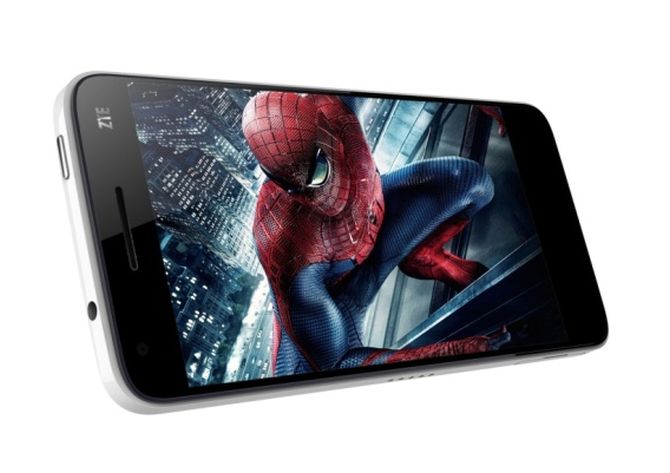

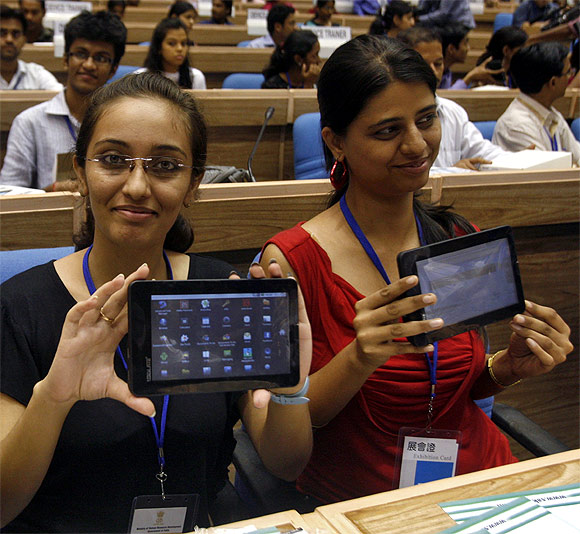

article